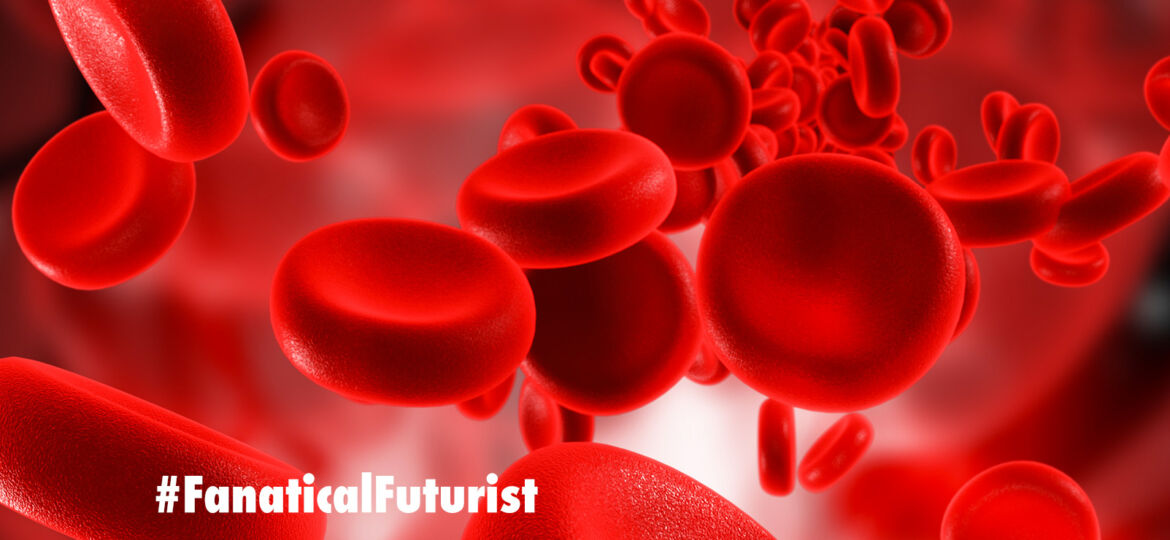
WHY THIS MATTERS IN BRIEF
As researchers continue to develop micro-machines and implanted medical devices that live within our bodies we might need to find new ways to power them.
Humanity has been generating electricity from flowing water for millennia using everything from watermills to huge hydro-electric dams, but now researchers in China have given new meaning to the decades old saying “There’s electricity in our veins,” and have managed to scale this machinery down to a size small enough to generate electrical power from something much much smaller – the blood running through our bodies.
Using principles similar to those used in some of the world’s largest hydro-electric dams a team of Chinese researchers from Fudan University have built a tiny, one dimensional nanogenerator that’s designed to sit inside veins and generate electricity from the flow of blood. And this isn’t the first time researchers have toyed with turning our blood streams into next generation energy sources – back in 2011 a team of Swiss researchers developed tiny turbines that generated electricity from the blood in human arteries but it had a flaw, it created lethal blood clots… and let’s face it that’s a really bad flaw.
The Chinese teams device, which was successfully tested on frogs, and which doesn’t cause blood clots, is less than half a micron in size and uses “an orderly array of carbon nanotubes wrapped around a polymeric core to generate power” using what the team call a “Fiber Fluidic Nanognerator,” or FFNG for short.
“The electricity is generated by the movement between the FFNG and the blood,” said Huisheng Peng who led the research, “an electrical double layer is created around the fiber, and then the flowing solution distorts the symmetrical charge distribution, generating an electricity gradient along the devices long axis.”
At the moment it’s not clear how much power the device can generate, but the team claim it is “high” compared to other miniature energy harvesting devices and that it has a power conversion efficient of more than 20 percent, and while the technology is still in its early stages the team are hopeful that one day the device could be used to power insulin pumps, pace makers and other implanted medical devices in people’s bodies. And who knows, maybe one day they’ll sit alongside the other nanobots in our bloodstreams as they hunt down disease and kill cancer from within, or power our bodies when we turn them into the next generation of chemical computers, and who’s to say that the blood in our blood streams won’t be artificial… but all that’s another story.
The research was published in the journal Angewandte Chemie.
















